PaulWog
No longer a newbie, moving up!
- Joined
- Jun 17, 2013
- Messages
- 1,153
- Reaction score
- 188
- Location
- Canada
- Can others edit my Photos
- Photos NOT OK to edit
I have a few questions. I've tried browing through my manual and I've tried googling, however it appears some of these answers might vary between camera models even from Nikon. If someone can answer any questions, I'd be greatly appreciative.
(I realize after writing this that it pretty much boils down to beginner information, but I wanted to tie it all together and hopefully this isn't too much to read. I've just been confused by information about one Nikon camera that doesn't translate over to another... I read forum discussions where someone states that "this version's settings don't affect the RAW shot", while "this version does affect the RAW shot". So I don't know what applies to my D5200, and how to continue and progress without taking in a bunch of misinformation, or being ignorant to the information that is right under my nose, or what-have-you.)
1. Do center-weighted and spot metering use the center of the focus-point as the "center", or the constant physical center from the viewfinder? I'm curious since I do some focus and recompose photos, and I'm not sure how to deal with center-weighted metering when recomposing, and I'm also curious about using that feature when I shift the focus point over (whether the "center" is on the focus point or not). I'm really trying to figure out how to take advantage of the metering on the D5200, since I do have situations where I get something blown out in favor of something else (ex. sky is one big bright mess, subject is nice... or subject is in focus but close to being a silhouette while the background looks good).
2. Active D-Lighting was on auto, but I'm not sure if I should be using this feature, or if I should be using this feature manually similarly to EV, ISO, etc? I've read that in some cameras this doesn't affect RAW shots, but I think on the D5200 active d-lighting goes into the RAW shots? I'm not sure what the detriments of using it can be, and I would like to start identifying when I should have it off, and when I should have it on (and when high/low/medium would be better than "auto"). I am confused about this setting since it seems like it's somewhat camera-specific in the way it's implemented (but again, I don't know).
3. Auto-bracketing. I cannot figure out for the life of me how to use this feature and access it. When I turn auto bracketing on and set it to 0.7, I just get one overly bright image in my RAW shot. I thought this was used for HDR? Have I misread?
4. Picture Control. I have it set to "Standard". Does this affect RAW files? I'm not sure how the D5200 handles the picture control settings.
5. White Balance. I've been told by someone that I need to figure out how to use white balance better. I always have auto on, unless if I'm in direct sunlight (then I use "direct sunlight" as the preset). Should I be measuring my white balance all the time with test shots? I'm not sure what to do with the D5200, and if the white balance really differs between cameras.
(I realize after writing this that it pretty much boils down to beginner information, but I wanted to tie it all together and hopefully this isn't too much to read. I've just been confused by information about one Nikon camera that doesn't translate over to another... I read forum discussions where someone states that "this version's settings don't affect the RAW shot", while "this version does affect the RAW shot". So I don't know what applies to my D5200, and how to continue and progress without taking in a bunch of misinformation, or being ignorant to the information that is right under my nose, or what-have-you.)
1. Do center-weighted and spot metering use the center of the focus-point as the "center", or the constant physical center from the viewfinder? I'm curious since I do some focus and recompose photos, and I'm not sure how to deal with center-weighted metering when recomposing, and I'm also curious about using that feature when I shift the focus point over (whether the "center" is on the focus point or not). I'm really trying to figure out how to take advantage of the metering on the D5200, since I do have situations where I get something blown out in favor of something else (ex. sky is one big bright mess, subject is nice... or subject is in focus but close to being a silhouette while the background looks good).
2. Active D-Lighting was on auto, but I'm not sure if I should be using this feature, or if I should be using this feature manually similarly to EV, ISO, etc? I've read that in some cameras this doesn't affect RAW shots, but I think on the D5200 active d-lighting goes into the RAW shots? I'm not sure what the detriments of using it can be, and I would like to start identifying when I should have it off, and when I should have it on (and when high/low/medium would be better than "auto"). I am confused about this setting since it seems like it's somewhat camera-specific in the way it's implemented (but again, I don't know).
3. Auto-bracketing. I cannot figure out for the life of me how to use this feature and access it. When I turn auto bracketing on and set it to 0.7, I just get one overly bright image in my RAW shot. I thought this was used for HDR? Have I misread?
4. Picture Control. I have it set to "Standard". Does this affect RAW files? I'm not sure how the D5200 handles the picture control settings.
5. White Balance. I've been told by someone that I need to figure out how to use white balance better. I always have auto on, unless if I'm in direct sunlight (then I use "direct sunlight" as the preset). Should I be measuring my white balance all the time with test shots? I'm not sure what to do with the D5200, and if the white balance really differs between cameras.


 But don't get me wrong, they're very helpful. You're the single reason I scour my manuals before I ask any technical question!
But don't get me wrong, they're very helpful. You're the single reason I scour my manuals before I ask any technical question!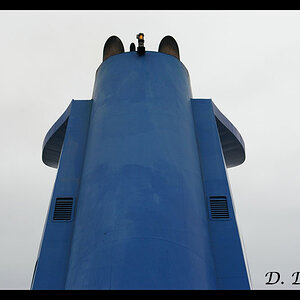
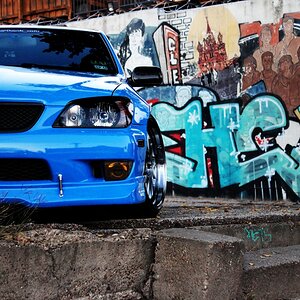
![[No title]](/data/xfmg/thumbnail/30/30866-bdfc426e8ee7e6ad63f6d751c5f288f0.jpg?1619734485)
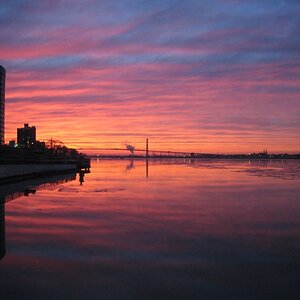
![[No title]](/data/xfmg/thumbnail/37/37643-1ec2500989f6f4894b6e6323c2d3669e.jpg?1619738160)
![[No title]](/data/xfmg/thumbnail/34/34350-d994760811e60909016e63fa23ff2e4d.jpg?1619736385)
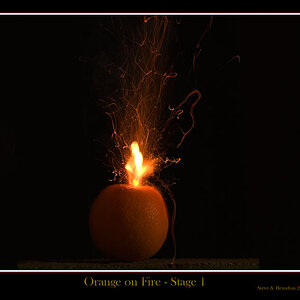
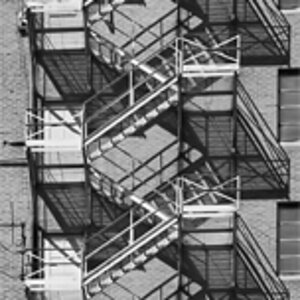
![[No title]](/data/xfmg/thumbnail/42/42487-e35b2848c41aeeb5a93f21809f036a1d.jpg?1619740196)
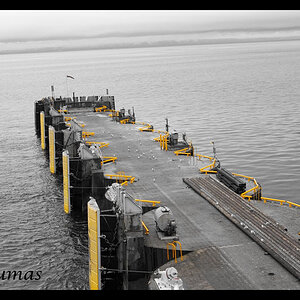
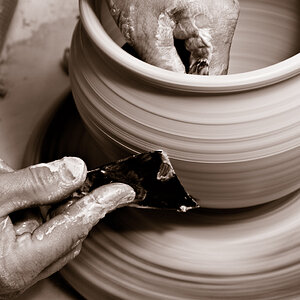
![[No title]](/data/xfmg/thumbnail/32/32930-09414fc020c2a60a456ff59a05c5ef8f.jpg?1619735759)